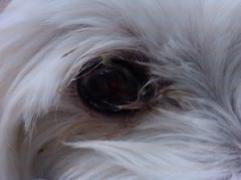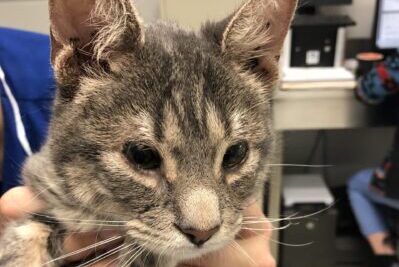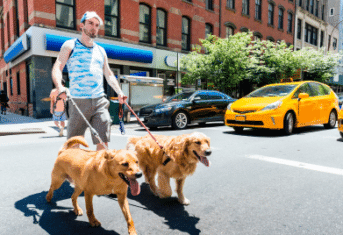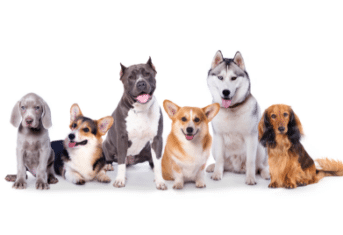Sjogren’s Syndrome: Do Pets Get this Disease?

Sjogren’s Syndrome: Do Pets Get this Disease?
The end of the summer is heaven for New York fans of Grand Slam tennis when the US Open comes to the Arthur Ashe Stadium in Queens, just a few miles from The Animal Medical Center where I work. Many fans were saddened this year by the withdrawal of Venus Williams, a two-time former US Open Singles Champion. Venus and doubles partner and sister, Serena, are also two-time US Open Doubles Champions.
Venus has been sidelined by an autoimmune disease, Sjogren’s syndrome. Autoimmune diseases occur when the body attacks itself with proteins called antibodies. In the case of Sjogren’s syndrome the antibodies attack the glands producing tears and saliva, resulting in decrease or cessation of tear and saliva production. Without tears, patients develop red, sore eyes. And, the lack of saliva may also cause difficulty swallowing.
Many diseases occur in both humans and pets, but does Sjogren’s syndrome? Veterinarians do diagnose “dry eye,” or keratoconjunctivitis (KCS) in dogs, but this diagnosis is rare in cats. We just don’t know for sure if pets with dry eye also have a dry mouth, since measuring saliva is not a routine procedure in veterinary medicine, and we can’t ask our patients if their mouth is dry!
Owners of dogs with KCS will notice the white of the eye getting red, accumulation of crusts around the eye, and maybe even crusts at the nostril on the same side as the affected eye. In normal dogs, tears from the eye travel down the nasolacrimal duct to the nose. In dogs with KCS, the nose is not as moist due to the lack of tears traveling down the nasolacrimal duct and the nostril becomes crusty. Testing for KCS in dogs requires the use of a special piece of filter paper with a ruled edge to measure tear production.
Treatment options do exist for dogs with KCS. Ointments containing immunosuppressive agents have been successfully used for over a decade. Twice daily application usually improves tear production. For dogs that still have some tear production, punctal plugs can be used. A punctal plug is like a drain stopper for the tear duct and keeps eyes moist by keeping more tears in the eye. Specially trained veterinary ophthalmologists usually place punctal plugs.
Worried about your pet’s eyes? Reasons to see your dog or cat’s veterinarian immediately for an eye problem include a red eye, discharge from either eye or squinting.
Photo: Dr. Alexandra van der Woerdt
This may also be found in the “Tales from the Pet Clinic” blog on WebMD.com.
For over a century, The Animal Medical Center has been a national leader in animal health care, known for its expertise, innovation and success in providing routine, specialty and emergency medical care for companion animals. Thanks in part to the enduring generosity of donors, The AMC is also known for its outstanding teaching, research and compassionate community funds. Please help us to continue these efforts. Send your contribution to: The Animal Medical Center, 510 East 62nd Street, New York, NY 10065. For more information, visit www.amcny.org. To make an appointment, please call 212.838.7053


































